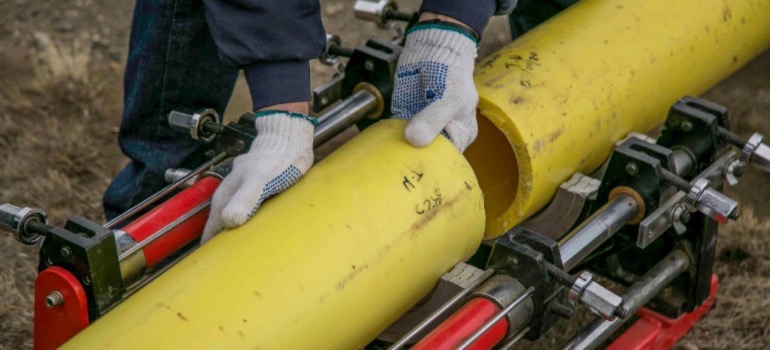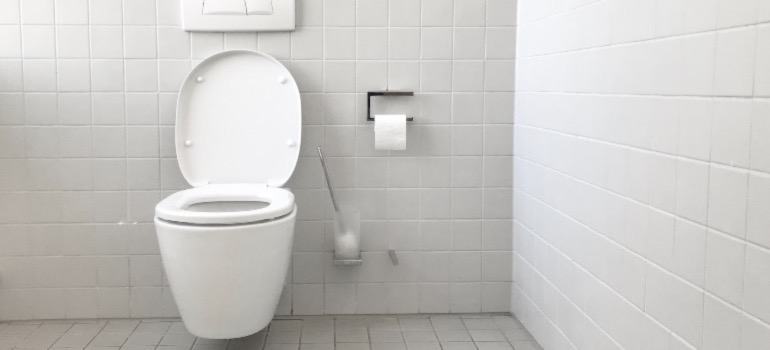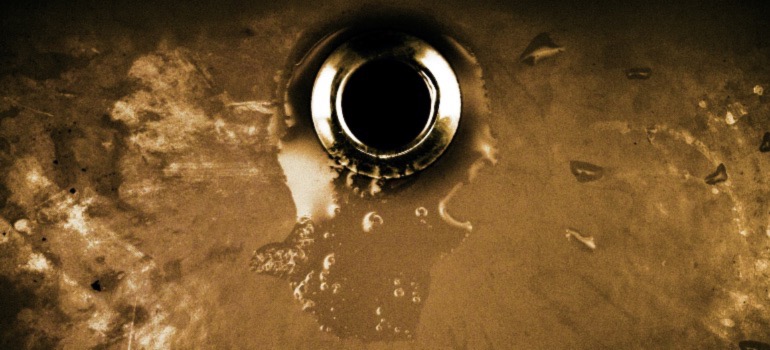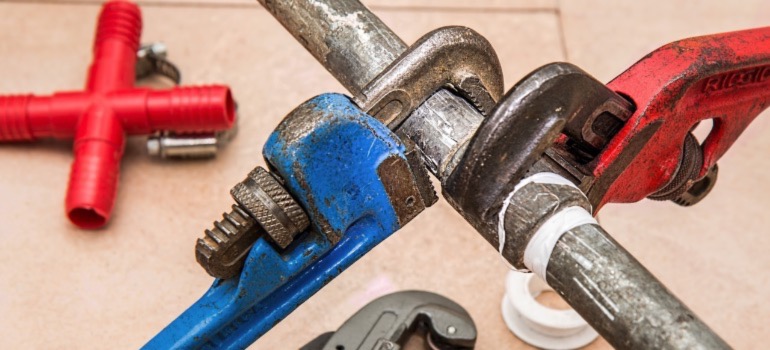
Every homeowner takes pride in a beautifully maintained property. These visible elements often get the most attention, from pristine lawns to freshly painted fences. However, beneath the surface lies a vital system that’s easy to overlook yet critical for a home’s overall well-being: the sewer lines. While they remain hidden, their role in safeguarding your home and the environment cannot be understated. Maintaining healthy sewer lines ensures smooth daily operations and the longevity and health of your property. This article highlights the importance of proactive sewer line care, giving homeowners actionable advice to keep their system in top shape.
Why Healthy Sewer Lines Matter
First, let’s discuss home health. A well-functioning sewer system prevents hazardous sewage backups, shielding your household from potential health threats. Financially, consider the hefty costs associated with emergency repairs that you can circumvent with proper maintenance. These expenses often dwarf the costs of routine checks and minor fixes. Moreover, from an environmental perspective, ensuring that our sewer lines are in top condition is paramount. Any leak or seepage can adversely affect local waterways, introducing contaminants and endangering aquatic life. Maintaining healthy sewer lines is an investment in our homes, wallets, and environment.
Common Culprits of Sewer Line Problems
Among the top adversaries of our sewer system health are invasive tree roots. These persistent roots, seeking moisture, can breach and clog sewer lines, causing significant disruptions. Then there’s the widespread issue of flushing non-biodegradable items, such as wipes, cotton buds, and toys. These materials can create blockages that disrupt the flow of water. Furthermore, the buildup of grease and oils is another silent enemy. Such residues, over time, solidify and narrow down the pipes. Lastly, you shouldn’t ignore the inherent aging process of sewer lines. Over the years, they can rust, crack, or collapse.
Preventive Measures Every Homeowner Should Implement
1. Mind What You Flush
A golden rule in sewer maintenance is watching what goes down the drain. Toilets, contrary to some beliefs, aren’t designed to handle everything. Every time we flush non-biodegradable items such as wet wipes, feminine products, or even dental floss, we risk clogging the sewer system. These items don’t disintegrate like toilet paper, leading to blockages over time. Additionally, certain biodegradable products, though technically flushable, may not break down quickly enough to prevent issues. It’s essential to be discerning and educate everyone in the household about proper disposal methods. By adopting a more vigilant approach and treating our toilets respectfully, we can significantly reduce the strain on our sewer lines.

An important part of maintaining healthy sewer lines is being mindful about what you flush down the toilet.
2. Regular Inspections
Proactive care begins with understanding the health of your sewer system, and this is where regular inspections come into play. By committing to periodic professional checks, homeowners can avoid potential issues. Such inspections can identify budding problems, from minor blockages to significant cracks, allowing timely interventions. CCTV sewer camera inspections, in particular, have revolutionized this process. Experts can navigate through your sewer lines using specialized cameras, providing a clear, real-time view of their state. That not only aids in early detection but also pinpoints the exact locations of issues within the sewer line, minimizing guesswork. Regular inspections are akin to health check-ups for your home, ensuring everything flows smoothly below the surface.
3. Guard Against Tree Root Invasion
Nature’s beauty, especially trees, adds immense value to our properties. Yet, beneath the serene appearance, tree roots can pose a hidden threat to our sewer systems. As they grow in search of water and nutrients, roots can infiltrate sewer lines, leading to blockages or even structural damage. It’s essential to plant trees strategically, factoring in their growth potential and the locations of underground utilities. Root barriers can also be an effective preventive measure. These barriers redirect roots deeper into the ground, keeping them away from your sewer lines. Regular checks for signs of root invasion, especially in properties with mature trees, are crucial.
4. Dispose of Grease Properly
Household kitchens are often the primary source of grease and oil that find their way into sewer lines. While it may seem harmless to pour that pan of leftover cooking oil or bacon grease down the sink, the consequences can be detrimental over time. As these substances cool, they solidify, adhering to pipe walls and narrowing the passage. This accumulation can lead to significant blockages, disrupting the system’s efficiency. Instead of pouring fats and oils down the drain, consider using grease traps or collecting them in containers for proper disposal. Educate family members about the importance of this simple act. Making small, informed choices in our kitchens can vastly improve the longevity and health of our sewer lines.
Early Detection Techniques
The mantra “better safe than sorry” rings especially true when discussing sewer line health. Early detection can make the difference between a minor fix and a major overhaul. Common indicators, like slow drainage or unusual odors emanating from drains, should never be ignored. These might hint at burgeoning issues. Moreover, the yard’s unexpected wet spots or lush green patches could indicate leaks. For hands-on homeowners, simple tests like the bucket flush can reveal much about drainage health. However, it’s equally important to recognize the limits of DIY methods. When in doubt, seeking professional expertise is advised.

Smelling an unpleasant odor from your drains is a common sign of something wrong with your sewer system.
Plumbing in Older Homes
Older homes have an undeniable charm, with their rich histories and unique architectures. Therefore, many people are attracted to buying an old house. Yet, while these residences radiate character, their age might also hide plumbing challenges. Thus, several special plumbing considerations arise when you opt for an older home. Decades-old sewer systems could be nearing the end of their operational life, posing risks of blockages or breaks. It’s paramount for prospective buyers to consider conducting detailed plumbing inspections before buying an old home. Doing so could unveil issues, offering an opportunity to negotiate repairs. While an older home’s appeal is undeniable, potential buyers must approach it cautiously, ensuring its beauty isn’t skin deep.
The Role of Technology in Sewer Line Health
Technological advancements have also positively impacted sewer maintenance. Trenchless sewer repairs stand out as a prime example. Unlike traditional methods, which often involve extensive excavation, trenchless techniques are less invasive, reducing landscape disruptions. Hydro-jetting, another technological marvel, uses high-pressure water to clear blockages effectively. That makes sewer maintenance a much smoother endeavor. You can use specially designed waterproof cameras to see a sewer line’s internal state clearly. That allows for accurate diagnosis and targeted interventions, making it much easier to prevent unnecessary sewer line replacements.

While DIY can sometimes work, certain issues require modern professional equipment.
Wrapping Up on Maintaining Healthy Sewer Lines
The importance of maintaining healthy sewer lines goes beyond mere functionality. This underappreciated system is an intricate backbone of our daily lives, influencing our health, finances, and the environment. Every proactive step you take today —a routine inspection or professional sewer rodding service — is a significant investment in tomorrow’s peace of mind. Recognizing the essential role of sewer lines, and acting accordingly, ensures both the longevity of our homes and the well-being of our communities. Remember, consistent care today can prevent a host of challenges tomorrow.